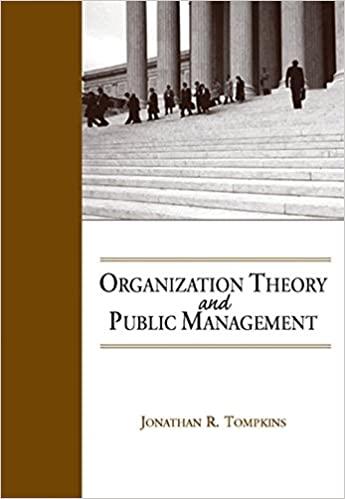Question
Saturday, 8 AM: Across the area, ice and snow are beginning to melt. Temperatures have remained in the 40s for the past several days. Utility
Saturday, 8 AM: Across the area, ice and snow are beginning to melt. Temperatures have remained in the 40s for the past several days. Utility crews from across the country are working around the clock to restore electricity to the area but there was so much damage. They estimate it could take an additional week or more to fully restore power. Many schools remain closed, and many streets are littered with debris. You are finally able to check on your facility and find serious water damage to your lower level from flooding due to frozen pipes. Your food storage area has flooded, as well as the area where your IT and communications hardware is housed.
Now that you know the extent of your own damage, consider the widespread damage possible in the community. How long can you operate without your primary facility? What are your next steps? Do you have agreements or other options that will allow you to continue to operate? Can you shift operations to another facility? Are you able to help anyone else out with what you have left to create relief synergies?
What are the critical services your employees rely upon to come back to work? Are there any steps that you can take now to minimize the impact of a future event like this? How can you prepare within the community to ensure better outcomes in future crises?
Most notably, what are some of your own individual experiences with weather emergencies in your real-world communities?
Step by Step Solution
There are 3 Steps involved in it
Step: 1

Get Instant Access to Expert-Tailored Solutions
See step-by-step solutions with expert insights and AI powered tools for academic success
Step: 2

Step: 3

Ace Your Homework with AI
Get the answers you need in no time with our AI-driven, step-by-step assistance
Get Started


